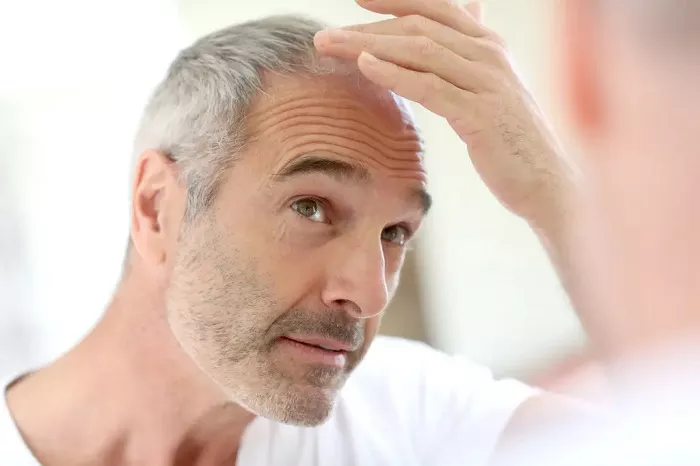The search for a cure for baldness has long challenged scientists, but a recent breakthrough from UCLA researchers offers new hope for those experiencing hair loss.
A team at the UCLA Broad Stem Cell Research Center has identified a molecule, PP405, that may help reactivate dormant but undamaged hair follicles. In a 2023 clinical trial, participants applied PP405 topically to their scalps before bed. The results showed statistically significant hair growth, suggesting the potential for full terminal hair regrowth rather than fine, “peach fuzz” strands.
“This is promising, but ‘cure’ is a strong word,” said Dr. William Lowry, a senior researcher involved in the study. “There are only two FDA-approved treatments for pattern baldness—minoxidil and finasteride—and both work in only some patients.”
Other existing options include supplements, platelet-rich plasma (PRP) injections, red light therapy, and hair transplants. However, Lowry noted that these are often expensive, lack strong clinical evidence, and do not permanently restore lost hair.
What sets PP405 apart is how it works. The researchers discovered that hair follicle stem cells have a different metabolism than other cells. By stimulating this specific metabolism, PP405 can trigger new hair growth. This makes it a strong candidate for a new class of hair-loss treatments that could be used on its own or alongside existing therapies.
“This discovery opens the door to more effective treatments,” said Lowry. “Because the mechanism is different from current therapies, it could be combined with them for even better results.”
Experts agree that hair loss can take a toll on a person’s confidence and mental health. Dr. Brendan Camp, a dermatologist based in New York, said the new findings are an exciting development in what has been a difficult condition to treat. He noted a growing demand for effective hair restoration solutions, especially with the rise of medical spas offering these services to both men and women.
Dr. Amy Spizuoco of True Dermatology in New York called modern hair-loss treatments “the new Botox.” She said that just as people use Botox to prevent signs of aging, younger patients are now seeking treatment for thinning hair before it worsens.
Despite these advancements, Camp advises caution. “Stick to treatments with proven data behind them, like minoxidil, finasteride, and, for women, spironolactone,” he said. He also recommends consulting a board-certified dermatologist if at-home treatments aren’t effective.
Hair-loss treatments typically need to be used long-term and evaluated for several months to determine their effectiveness. But with earlier intervention and a solid plan, experts say hair loss can be slowed—and in some cases, even reversed.


